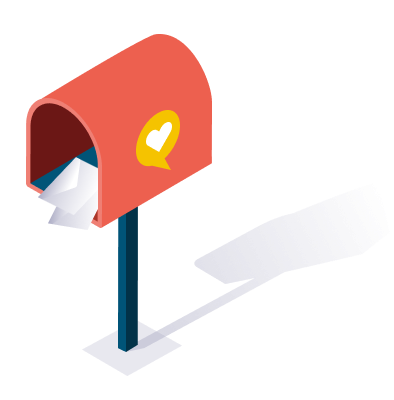Luke Fitzpatrick
Luke Fitzpatrick is a Forbes contributor and a guest lecturer at Sydney University—in his past, he worked for startups in both South Korea and Australia.
Some basic use cases why marketers should learn web scraping include web indexing, data mining, e-commerce price trade monitoring, and comparison, market research, product analysis scraping, collecting sales leads, tracing online presence and reputation, and social listening.
Web scraping, also commonly known as data mining, is when you collect large amounts of data from the web, and then put that data into databases for analysis and further use. It’s readily available data if you know how to get it. What a lot of marketers aren’t aware of is just how useful it can be to them.
Most importantly of all, web scraping helps marketers with their inbound marketing strategies. Inbound marketing is seen as something of a holy grail at the moment, as it’s seen as a far less intrusive and aggressive form of marketing.
Where outbound marketing involves intrusive direct calls, texts, and a push of content onto the consumer, inbound marketing is more focused on engagement. A customer comes into your store or visits your website, and there finds interactive and engaging content that convinces them of the ongoing value of your brand to them.
The challenge with inbound marketing is that it can’t happen in a vacuum; you can’t create blog posts or other website material on topics that you pull out of thin air and expect it to resonate with your customers.
Successful inbound marketing requires plenty of data; you need to know who your potential audience is, what they’re interested in seeing or learning about, and how to present that content to them in a way that’s engaging and interesting.
And that’s where web scraping comes in because it’s through data mining that you can learn everything you need to about your customers, their interests, and how to best reach them.
How does web scraping do that? Five of the top reasons that marketers invest in web scraping all show clearly how effective it can be in gathering critical information about customers:
One of the most important jobs for any marketer is to find where the audience is for their product. If they’re selling farming equipment, they need to find the farmers. If they’re selling sports cars, they need to find wealthy car enthusiasts.
Web scraping is a quick way to find that information, particularly if you point it at social media and filter through to find the right people by using web data integration. You can use it to build a database of names and details, which you can then feed into the sales funnel to start outreach activities to those prospective customers.
Obviously, at this stage, there would be an element of outbound marketing involved, but if you’re tailing your content to a particular sector, it’s the web scraping that will show you are the ones that you’ll be able to convert into inbound marketing opportunities.
Staying on top of trends in your industry—and the general social and economic environment – is important, because it tells you what kind of content you should be producing for your audience. Market research tells you what products are resonating in the market, what issues people have, and where the big opportunities are.
Doing this manually is time-consuming and inefficient, but web scraping can automate the process and give the marketer a feed of news articles, pricing and sales data, and what their competitors are doing.
This is related to market research, but if you’re looking to sell something, it is important to understand the demographics of the area that you’re looking at selling. Things like tastes and preferences differ, age, education level, and socioeconomic factors.
There’s not much point in setting up a luxury car yard in a low economic area or a young alternative culture restaurant in a regional area with a large aged population. Web scraping can give you all the demographic information of an area that you need to know, and you can even use that information to tailor your messaging.
The most effective way to generate traffic to a brand’s website is through effective search engine optimization or SEO. In fact, SEO is critical to any inbound marketing strategy, because SEO by nature involves people coming to your website because they’re interested in you (promised) content.
But there’s an art to SEO—you’ve got to know what the right keywords are (to focus your website copy on them), and you’ve got to continually evaluate this over time. Web scraping comes to the rescue here, too, as it can tell you instantly what keywords are generating the best traffic—both for your website, and the websites of your competitors.
One of the best ways to avoid a PR or marketing disaster is to observe when things go wrong with other brands. Web scraping can be invaluable here, in tracking the performance of a PR campaign, the response from the community to it, and the fallout to the brand. This way, you can avoid crafting content that generates a negative outcome.
Web scraping is an invaluable tool for the high-value inbound marketing strategies of your organization. Best of all, web scraping is available to people with minimal technical or coding skills, making it one of the most accessible technologies available to marketers.
You’ll also receive some of our best posts today

Luke Fitzpatrick is a Forbes contributor and a guest lecturer at Sydney University—in his past, he worked for startups in both South Korea and Australia.
It doesn't matter how great your sales are online....
Online shopping is no longer optional; it has become...
Even as one of the most robust eCommerce platforms...


Nowadays, every modern digital marketing strategy includes s...
Don’t miss the new articles!